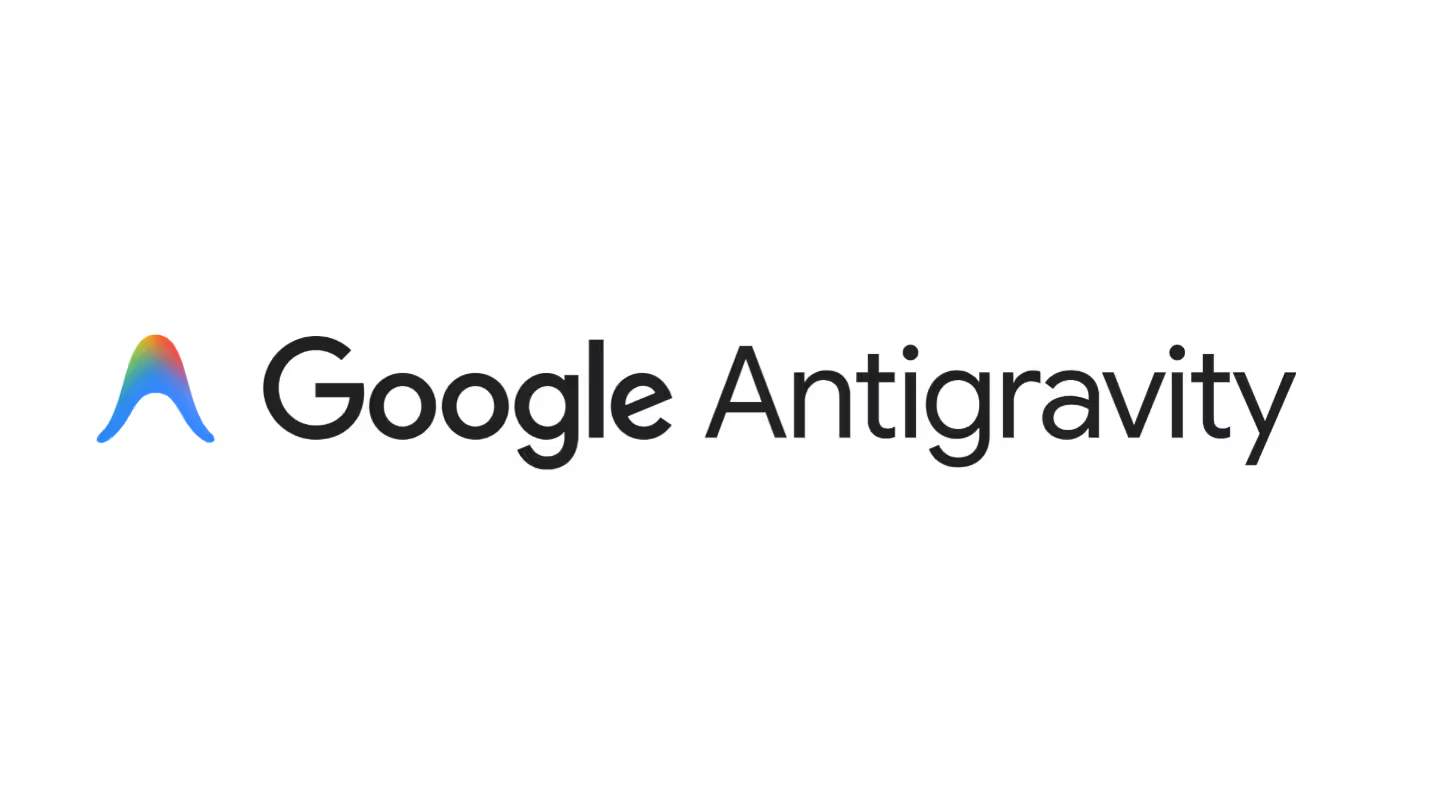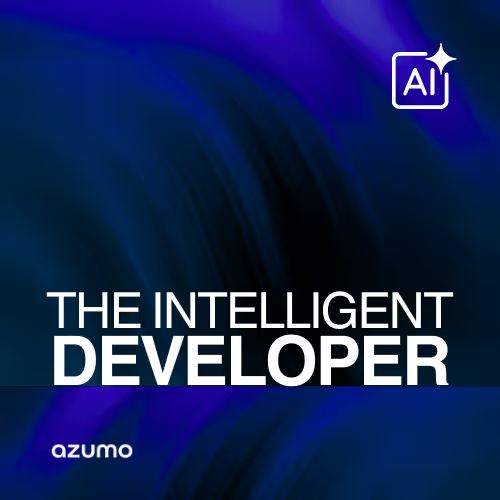Model Performance Advances and Shifts in Developer workflows
Executive Summary
The week of November 12-19, 2025 marks a watershed moment in AI development with Google's launch of Gemini 3, achieving unprecedented benchmark scores that redefine state-of-the-art performance across mathematics, coding, and multimodal understanding. Complementing this model release, Google introduced Antigravity, an agent-first development platform that fundamentally reimagines how developers build software with AI. Meanwhile, Anthropic announced a $50 billion infrastructure investment across Texas and New York, positioning itself for profitability by 2028 while OpenAI faces projected losses of $74 billion. These developments signal three critical shifts: AI models achieving human-expert-level performance on complex reasoning tasks, the emergence of agentic development environments replacing traditional IDEs, and the divergence of business models between capital-efficient enterprise focus and infrastructure-intensive consumer scale.
Top AI Stories This Week
1. Google Gemini 3 Achieves Record Benchmark Scores, Launches Across Ecosystem

Announced: November 18, 2025 | Google | TechCrunch
Google officially released Gemini 3 on November 18, 2025, marking what CEO Sundar Pichai called "our most intelligent AI model yet" with state-of-the-art performance across reasoning, coding, and multimodal understanding. The release includes three variants—Gemini 3 Pro, Gemini 3 Flash, and Gemini 3 Deep Think—each optimized for different enterprise use cases.
Gemini 3 Pro achieved breakthrough performance on standardized AI benchmarks, scoring 95% on AIME 2025 (advanced mathematics) without tools and 100% with code execution, 91.9% on GPQA Diamond (graduate-level science questions), and 76.2% on SWE-Bench Verified (real-world coding tasks). According to Google, Gemini 3 Pro is "the best model in the world for multimodal understanding," outperforming Gemini 2.5 Pro on every major benchmark.
Gemini 3 Deep Think introduces an enhanced reasoning mode that achieves 41% on Humanity's Last Exam compared to 37.5% in standard mode, demonstrating significant improvement on tasks requiring extended logical reasoning. The model can dynamically allocate computational resources to problem complexity, spending more time on challenging queries while maintaining speed on routine tasks.
Google deployed Gemini 3 across its ecosystem on day one, including Google Search, making it the company's fastest-ever model rollout to its billions of users. The aggressive deployment strategy contrasts with the more gradual rollouts of previous model generations and signals Google's confidence in production readiness.
Strategic Implications:
Gemini 3's benchmark performance represents a fundamental capability threshold where AI models now match or exceed human expert performance on graduate-level reasoning tasks. The 95-100% AIME scores place Gemini 3 at the level of top mathematics competition participants, while the 91.9% GPQA Diamond performance demonstrates expert-level understanding of complex scientific concepts across physics, biology, and chemistry.
For enterprises, this capability level enables AI deployment in domains previously requiring highly specialized human expertise, including advanced financial modeling, scientific research support, complex legal analysis, and technical troubleshooting. Organizations should evaluate whether tasks currently performed by specialized consultants or high-level analysts could be automated or augmented with AI systems capable of expert-level reasoning.
The day-one deployment across Google's ecosystem also demonstrates that frontier AI capabilities are rapidly moving from API-only access to embedded features in productivity tools used by billions. This commoditization of advanced AI capabilities will accelerate competitive pressure on enterprises to integrate AI throughout operations rather than treating it as an experimental technology.
2. Google Introduces Antigravity: Agent-First Development Platform Redefines Coding Workflow

Announced: November 18, 2025 | VentureBeat | Fortune
Alongside Gemini 3, Google launched Antigravity, an agent-first development platform built for Gemini 3 Pro that fundamentally reimagines software development by placing AI agents in control of dedicated workspaces with direct access to editors, terminals, and browsers. The platform enters free public preview for Windows, macOS, and Linux.
Unlike traditional development environments where AI assistants provide suggestions within a developer's IDE, Antigravity inverts this model: developers define high-level tasks, and AI agents autonomously plan, execute, test, and debug code with minimal human intervention. The system supports third-party models including Anthropic's Claude Sonnet 4.5 and OpenAI's GPT-OSS alongside Gemini 3 Pro, giving developers flexibility to choose the optimal model for specific tasks.
Antigravity's Architecture provides agents with persistent workspaces, version-controlled code repositories, execution environments for testing, and web browsers for research and validation. As agents execute work, the platform generates "Artifacts" consisting of task lists, detailed implementation plans, screenshots capturing application states, and browser recordings documenting interactions—providing full observability into autonomous AI decision-making.
Google positions Antigravity as enabling developers to "code at a higher, task-oriented level" rather than writing individual functions and classes. Early demonstrations show agents autonomously implementing features, running test suites, debugging failures, and iterating on implementations based on test results without developer intervention.
Strategic Implications:
Antigravity represents a paradigm shift from AI-assisted coding to AI-driven development, with profound implications for software engineering organizations. The platform suggests a future where senior developers and architects define system requirements and review AI-generated implementations rather than writing code directly, fundamentally changing the skill profile needed for software development roles.
For enterprises, this development accelerates the timeline for AI-driven productivity gains in software engineering. Organizations that successfully adopt agent-first development workflows could see 3-5x improvements in development velocity for well-defined features, allowing engineering teams to focus on system architecture, user experience design, and business logic rather than implementation details.
However, early adopters report rate limits and reliability challenges during the public preview, indicating that agent-first development remains an emerging capability rather than production-ready for all use cases. Organizations should pilot Antigravity and similar tools on non-critical projects to build expertise while monitoring maturity, reliability, and security considerations for autonomous code generation.
The platform also raises important questions about code quality, maintainability, and security when AI agents generate significant portions of production codebases. Enterprises will need to establish governance frameworks for AI-generated code including review standards, testing requirements, and accountability models for autonomous development workflows.
3. Anthropic Commits $50 Billion to U.S. AI Infrastructure, Targets 2028 Profitability

Announced: November 12, 2025 | CNBC | Fast Company
Anthropic announced a $50 billion investment in U.S. computing infrastructure on November 12, 2025, including new data centers in Texas and New York developed in partnership with Fluidstack. The initiative will create 800 permanent jobs and more than 2,000 construction roles, with the first facilities going live in 2026. Combined with Amazon's dedicated $11 billion data center campus for Anthropic in Indiana, the company is making massive infrastructure commitments while internal projections show it expects to break even by 2028.
The announcement contrasts sharply with OpenAI's projected financial trajectory. According to internal documents obtained by The Wall Street Journal, OpenAI faces $74 billion in operating losses in 2028 alone, despite securing more than $1.4 trillion in long-term infrastructure commitments through partnerships with Nvidia, Broadcom, Oracle, and major cloud providers.
Anthropic's Capital-Efficient Strategy focuses approximately 80% of revenue on enterprise customers rather than consumer applications, avoiding cost-heavy image and video generation features that drive OpenAI's infrastructure requirements. This business model prioritizes profitability through enterprise sales and API access rather than scaling free consumer offerings, fundamentally different from OpenAI's approach.
The Texas and New York facilities will provide Anthropic with direct control over computing infrastructure rather than depending exclusively on cloud provider capacity, reducing costs and improving availability for training future models and serving enterprise customers with stringent data residency and compliance requirements.
Strategic Implications:
Anthropic's path to 2028 profitability while OpenAI projects continued massive losses reveals fundamentally different strategic bets on AI business models. Anthropic's enterprise-focused approach with capital-efficient infrastructure suggests that AI companies can achieve financial sustainability by serving business customers willing to pay premium prices for reliable, compliant AI services rather than subsidizing mass consumer adoption.
For enterprises evaluating AI platform partnerships, this divergence highlights the importance of vendor financial sustainability. Organizations building critical business processes on AI platforms should assess whether vendors have viable paths to profitability or depend on continued investor funding to maintain operations and research investment.
The $50 billion infrastructure commitment also demonstrates that leading AI companies are pursuing ownership of computing infrastructure rather than relying solely on cloud providers. This vertical integration reduces variable costs and provides more control over model training and deployment, but requires massive capital commitments that favor well-funded competitors and may limit smaller AI companies' ability to compete at frontier model scale.
4. AI Performance Benchmarks Show Record Gains, Narrowing Gap Between Open and Closed Models

Published: November 2025 | Stanford HAI | VentureBeat
The 2025 AI Index Report from Stanford HAI documents unprecedented performance improvements across foundation models, with significant gains in mathematical reasoning, coding capabilities, and multimodal understanding. From 2023 to 2024, AI systems improved from solving 4.4% of coding problems on SWE-bench to 71.7%, while mathematical capabilities on AIME increased from below 10% to over 90% for leading models in 2025.
The performance gap between leading closed-weight models (like GPT-5.1 and Gemini 3) and open-weight models (like DeepSeek R1 and Meta's Llama family) narrowed dramatically from 8.04% in January 2024 to just 1.70% by February 2025. DeepSeek's R1 model achieved 87.5% on AIME 2025 while costing only $294,000 to train—demonstrating that world-class AI capabilities no longer require billion-dollar training budgets.
Gemini 3's Benchmark Leadership across text reasoning (50-point improvement over Gemini 2.5), vision (70-point increase), coding (280-point jump in web development tasks), and mathematics (95-100% on AIME 2025) establishes new state-of-the-art performance across nearly all standardized evaluations. Claude 4 Opus leads specifically on coding benchmarks with 72.5% on SWE-bench.
Strategic Implications:
The narrowing performance gap between open and closed models fundamentally reshapes AI strategy for enterprises. Organizations previously dependent on proprietary APIs from OpenAI, Anthropic, or Google now have viable alternatives using open-weight models that can be deployed on-premises or in private cloud environments, addressing data sovereignty, cost optimization, and vendor independence requirements.
For industries with strict regulatory requirements—financial services, healthcare, government—the availability of near-frontier performance from open models enables AI deployment in scenarios where sending data to third-party APIs is prohibited or impractical. Organizations should evaluate whether open-weight models now meet their performance requirements for specific use cases, potentially reducing API costs while improving data governance.
The dramatic performance improvements also indicate that AI capabilities previously requiring specialized consultants or expert analysts are now accessible through general-purpose foundation models. Enterprises should reassess which high-value workflows could benefit from AI augmentation based on current rather than historical model capabilities, as tasks considered too complex for AI in 2024 may now be viable in 2025.
Quick Bytes

Microsoft Continues Data Center Expansion: Microsoft announced a new data center in Atlanta connected to a Wisconsin facility to create a "massive supercomputer" running hundreds of thousands of Nvidia chips, supporting both Azure cloud services and OpenAI partnership commitments.
xAI Grok Introduces Video Generation: xAI rolled out Grok Imagine, generating 6-15 second video clips from text prompts in 17 seconds with dynamic shots, background sound, and professional quality, intensifying competition with OpenAI's Sora and other AI video platforms.
Meta Announces Omnilingual Speech Recognition: Meta introduced an Automatic Speech Recognition system supporting 1,600 languages with high accuracy and contextual learning, dramatically expanding AI accessibility for low-resource languages and emerging markets.
Industry Impact Analysis
This week's developments reveal three transformative forces reshaping enterprise AI:
Expert-Level AI Performance Becomes Standard: Gemini 3's 95-100% mathematics scores and 91.9% on graduate-level science questions demonstrate that frontier AI models now routinely match or exceed human expert performance on complex reasoning tasks. This capability threshold enables AI deployment in domains previously reserved for highly specialized consultants, researchers, and analysts—fundamentally expanding the scope of AI-addressable enterprise workflows.
Development Workflows Shift to Agent-First Paradigms: Antigravity's launch signals the transition from AI-assisted coding (where developers write code with AI suggestions) to AI-driven development (where AI agents autonomously implement features based on high-level requirements). This paradigm shift will require enterprises to rethink software engineering team structures, skill requirements, and quality assurance processes as AI agents generate increasing percentages of production codebases.
AI Business Models Diverge Between Scale and Profitability: Anthropic's path to 2028 profitability through enterprise focus contrasts sharply with OpenAI's infrastructure-intensive consumer scale strategy and projected $74 billion in 2028 losses. This divergence demonstrates that AI companies face fundamentally different strategic choices between maximizing user adoption through subsidized consumer services versus building sustainable businesses through premium enterprise offerings. For enterprises, this suggests evaluating vendors based not just on current capabilities but on business model sustainability and alignment with customer success.
About Azumo
As AI capabilities reach expert-level performance and development paradigms shift to agent-first architectures, enterprises need partners who understand both cutting-edge AI advances and practical implementation requirements for complex business environments.
Azumo brings deep expertise in implementing frontier AI models, architecting agentic workflows, and integrating AI capabilities into enterprise systems while managing security, compliance, and governance requirements. Our team has hands-on experience deploying Gemini, Claude, and GPT-family models for enterprise use cases spanning complex reasoning, code generation, multimodal understanding, and autonomous agent workflows. Whether you're evaluating the latest foundation models, designing AI-driven development pipelines, modernizing legacy applications with AI capabilities, or scaling AI initiatives from proof-of-concept to production deployment, Azumo provides the technical expertise and strategic guidance to capitalize on rapid AI advances while managing implementation complexity and business risk.
Sources
- Gemini 3: News and announcements - Google Blog, November 18, 2025
- Google launches Gemini 3 with new coding app and record benchmark scores - TechCrunch, November 18, 2025
- Google releases its heavily hyped Gemini 3 AI in a sweeping rollout—even Search gets it on day one - Fortune, November 18, 2025
- Gemini 3 is here: Google's most advanced model promises better reasoning, coding, and more - Android Authority, November 18, 2025
- Google unveils Gemini 3 claiming the lead in math, science, multimodal, and agentic AI benchmarks - VentureBeat, November 18, 2025
- Gemini 3 and Antigravity, explained: Why Google's latest AI releases are a big deal - Fortune, November 19, 2025
- Google Antigravity introduces agent-first architecture for asynchronous, verifiable coding workflows - VentureBeat, November 18, 2025
- Google unveils Gemini 3 AI model, Antigravity agentic development tool - InfoWorld, November 18, 2025
- Anthropic to spend $50 billion on U.S. AI infrastructure, starting with Texas, New York data centers - CNBC, November 12, 2025
- Anthropic and Microsoft announce new AI data center projects in Texas, New York, and Georgia - Fast Company, November 12, 2025
- OpenAI Will Lose $74 Billion the Same Year That Anthropic Breaks Even: Report - Startup News, November 12, 2025
- Technical Performance - The 2025 AI Index Report - Stanford HAI, 2025
- Best AI Models November 2025: Complete Performance Rankings & Comparison Guide - The Prompt Buddy, November 2025
AI Intelligence Briefing is published by Azumo. All information verified from official sources as of November 19, 2025.
